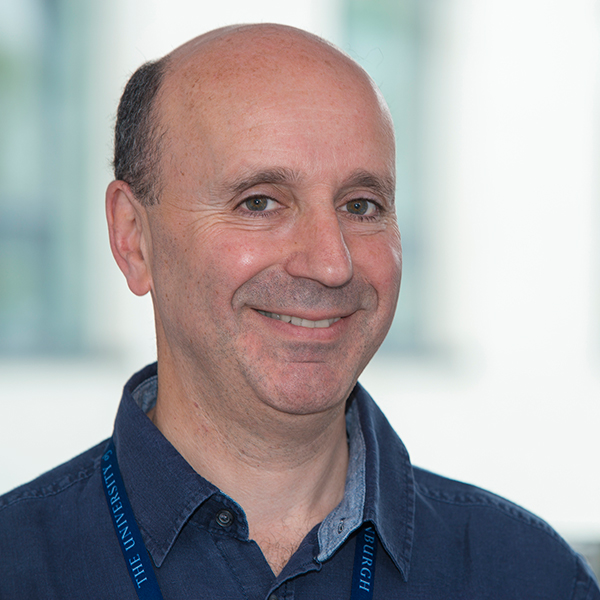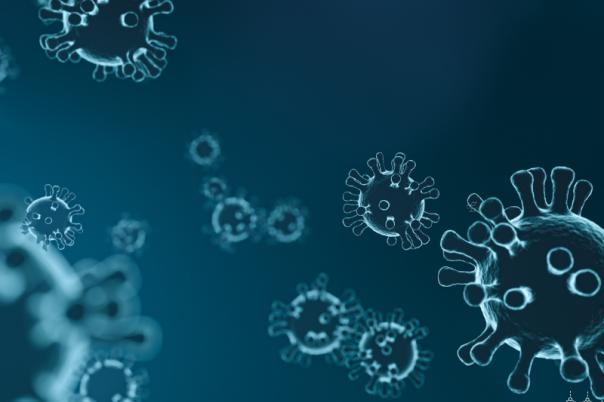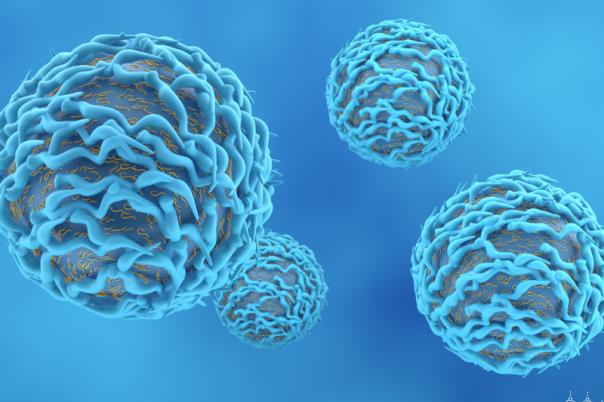Liquid biopsy represents an alternative to the traditional needle or surgical biopsy; as tumours grow they shed DNA which circulates in the bloodstream. A liquid biopsy can detect circulating tumour cells. Tim Aitman, Professor of Molecular Pathology and Genetics at the University of Edinburgh, began by introducing liquid biopsy as a revolution in cancer diagnostics and management. It has huge commercial potential and can play a role throughout the cancer journey from early diagnosis to patient stratification and predicting cancer recurrence.
There is increasing academic interest in liquid biopsy as well, Aitman attributed this to the power of CTDNA analysis. He noted that some cancers shed more DNA than others meaning some are easier targets for cell-free DNA analysis. Colorectal, prostate, kidney, and brain tumours appear to release cell-free DNA less regularly, so they are harder to detect. Furthermore, in early-stage cancer, the smaller proportion of tumours that can be reliably shown to release circulating tumour DNA is much lower than for stage 3 or 4 cancer.
Aitman recently conducted an HPV head and neck cancer study that examined HPV-positive and HPV-negative patients. The outlook for patients who have HPV-positive disease is much more favourable than those who have HPV-negative disease. The study sampled 104 patients with oropharyngeal squamous cell cancer and used droplet digital PCR to detect HPV in plasma. The results showed high concordance with traditional diagnostic methods. Aitman stated that there was a 93% concordance rate between his assay and immunohistochemistry and a 90% concordance with tissue PCR. Regarding patient response, Aitman said the following: “So we believe that our assay is able to detect progression of the disease in some patients before clinical recurrence.” He added that in some cases the assay detected recurrence earlier than imaging or symptoms.
To increase the sensitivity of their assays, Aitman explained that his team wanted to use clinical apheresis to capture approximately 500 nanograms of cell-free DNA, which is 100 times more DNA obtained from a blood draw. So, they developed a haemocaopatible DNA binding polymer and manufactured it into an apheresis cartridge. This technology has led to the creation of a spinout company with clinical trials planned.
Furthermore, alongside cancer research, Aitman highlighted his new developments in applying long-read sequencing for rare diseases. In collaboration with Oxford Nanopore and the Scottish Genome Project, the team has used long-read sequencing to identify structural variants responsible for genetic conditions that were not detected by short-read sequencing. From a sample of 394 families, they achieved a diagnostic rate of 23% which is comparable to the rate achieved in other national genome projects such as Genomics England. This case study is still in its infancy but shows clinical promise.
Aitman remained hopeful about using liquid biopsy and long-read sequencing in cancer diagnostics and patient management. It is essential to continue research and conduct clinical studies to expand these techniques’ applications in precision oncology.





